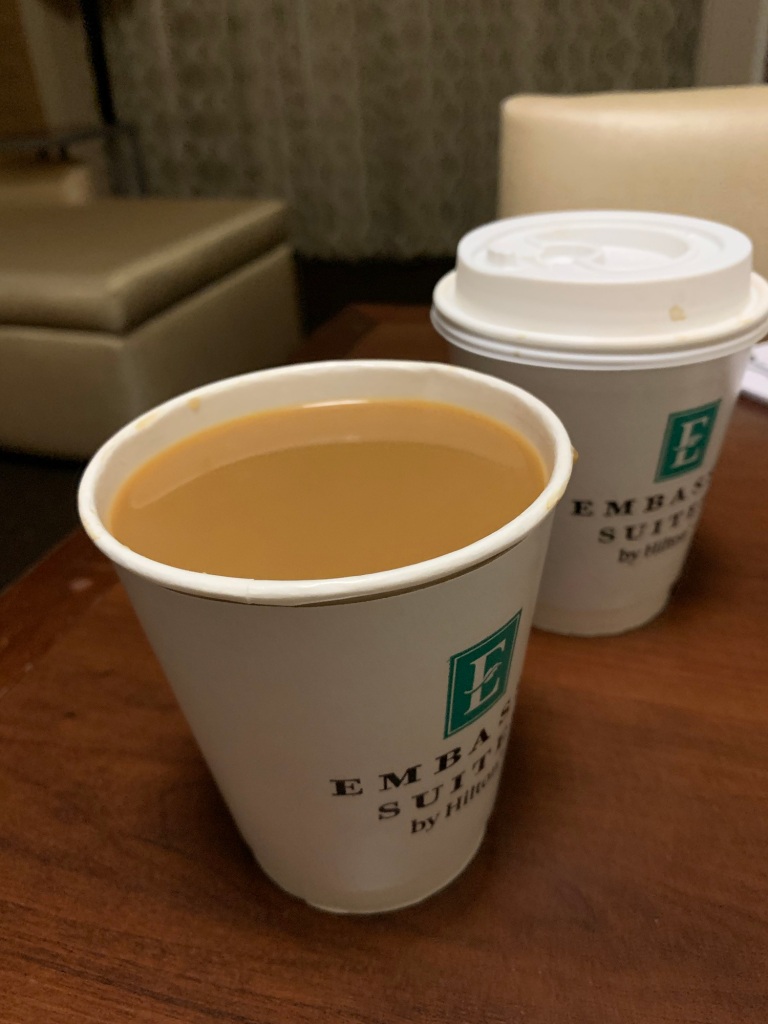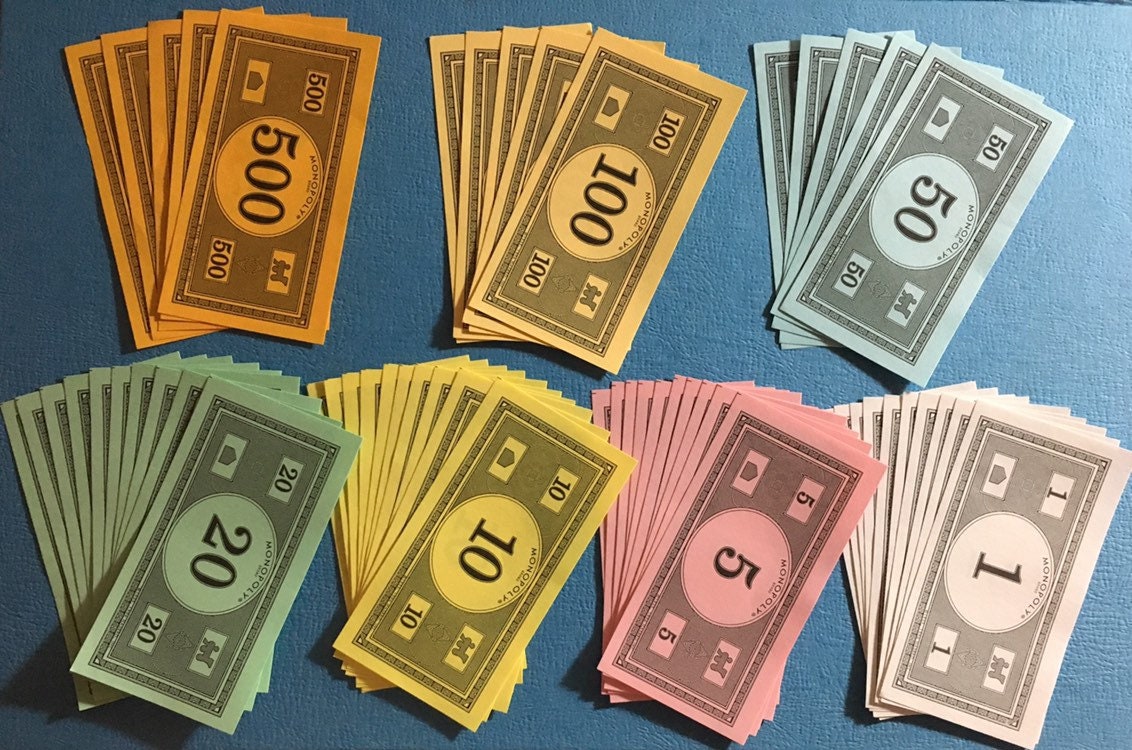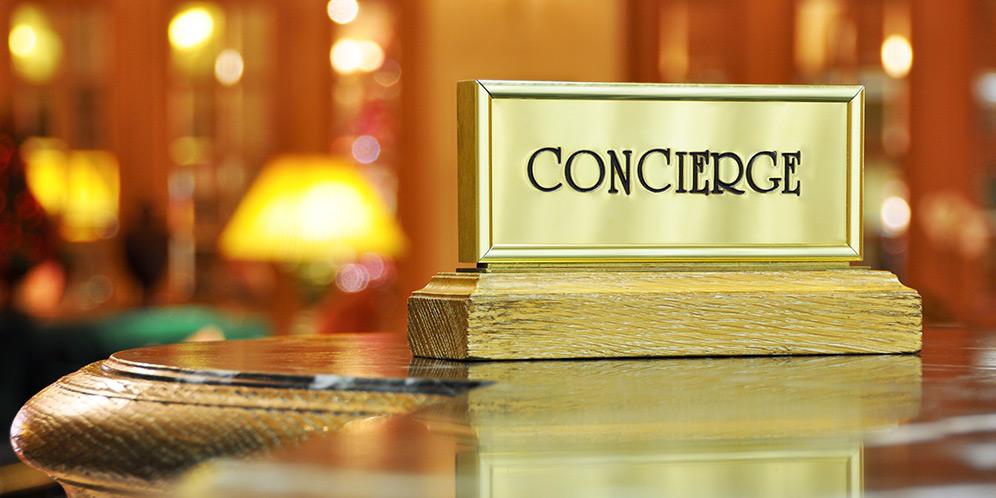
We’re in Austin for a short visit, staying in one of the hotels in the downtown area. In these circumstances, one of my spousal duties is to get up first and go down to the service area and get two cups of hot coffee for us. This crucial responsibility inevitably requires me to employ the fine art of coffee juggling.
Coffee juggling involves a few important considerations, and a few even more important skills. The considerations involve exercising judgment on how full to fill the cup from the self-service coffee station, and what additional items, if any, you can reasonably bring along with you and the two cups of coffee. A banana, for example, can safely be carried in a pocket, but a muffin would be crushed in a pocket and therefore must be carefully balanced on a coffee cup lid. This dramatically enhances the coffee juggling challenge, so the question becomes: is a tasty muffin worth it? (The answer, incidentally, is always “yes.”)
The skills kick in after you fill your cups and make your additional food selection. The first skill is properly affixing one of those plastic lids to the brimming cup of java, and making sure it is fully engaged, so it won’t fly off on the return journey and lead to hot coffee armageddon. The next skill is figuring out how to shift the full cups of hot coffee in your hands so that you can safely stab the elevator button, and then do so again when you reach your room and have to fish the room key out of your pocket, unlock the door, and then use one hand to open the door knob while precariously balancing two cups of coffee with the other. The fact that the piping hot coffee has fully heated the paper cups and is probably burning your hand by this point just adds to the challenge.
But if your coffee juggling skills remain sharp, and you make it into the room without a drop or a spill, you can start your morning with a welcome feeling of first thing in the morning accomplishment. With the knowledge that you’ve capably performed your first important task and a hot cup of coffee for fuel, you are ready to face the day.



















